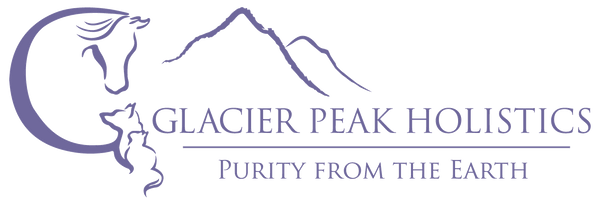BYU Study on Silver Solution
(PRWEB) AUGUST 12, 2003
Microbiology Department Brigham Young University
775 WIDB P.O. Box 25253 Provo ,
Utah 84602-5253 (PRWEB)
August, 2003 --
The Silver Solution has been extensively tested by BYU researchers for the past three years and has produced dramatic results in killing bacteria. This research will be submitted to a major medical journal in the near future according to Dr. Ron Leavitt, PhD (BYU). American Silver, LLC, provided some of the results of the BYU research (which was verified to me by Dr. Leavitt) as recorded in the following letter.
May 13, 1999
Silver Antibacterial Product Testing Results Summary The following results suggest that The Silver Solution is a broad spectrum antimicrobial agent - it is able to effectively stop the growth of, and in fact kill, a variety of bacteria.
The Silver Solution has been tested against the following organisms.
Tuberculosis type B (tuberculosis is the number one human-killing bacteria world wide)
Staphylococcus aureus (Pneumonia, eye infections, skin infections (boils, impetigo, cellulitis, and post-operative wound infections), toxic shock syndrome, meningitis, food poisoning, osteomyelitis, and many others) inhibited @ 2.5 ppm[c][12] and killed @ 5 ppm. 1/22/99 BYU Report.
Shigella boydii (Bacillary dysentery-characterized by severe cramping abdominal pain and bloody diarrhea) inhibited @ 1.25 ppm and killed @.5 ppm. 1/22/9 BYU Report.
Salmonella arizona (Food poisoning, etc.) inhibited @ 2.5 ppm and killed @ 5 ppm. 1/28/99 BYU Report.
Salmonella typhimurium (Food poisoning and enteric fever) inhibited and killed at a concentration of 2.5 ppm. 6/7/99 BYU Report.
E. coli (Food poisoning, urinary tract infections, traveler's diarrhea, diarrhea in infants, respiratory tract infections, and wound infections) inhibited and killed @ 2.5 ppm. 1/22/99 BYU Report.
Haemophilus influenzae (Otitis media (ear infection), pneumonia, meningitis, throat and sinus infections (including epiglottitis in children and sinusitis), and suppurative arthritis in children) inhibited and killed @ 1.25 ppm. 1/22/99 BYU Report.
Enterobacter aerogenes ( wound infections, urinary tract infections, bacteremia, and meningitis) inhibited and killed at a concentration of 2.5 ppm. 6/7/99 BYU Report.
Enterobacter cloacae ( causes ilnesses similar to the E. aerogenes) inhibited and killed at a concentration of 5 ppm. 6/7/99 BYU Report.
Klebsiella pneumoniae (lower respiratory tract infections, nosocomial infections (infections spread in hospitals), urinary tract and wound infections, and bacteremia) inhibited and killed @ 2.5 ppm. 1/28/99 BYU Report.
Klebsiella oxytoca, (Similar to those infections caused by K. pneumoniae) inhibited and killed at a concentration of 2.5 ppm. 6/7/99 BYU Report.
Pseudomonas aeruginosa (severe burn and wound infections, keratitis, pneumonia, meningitis, nosocomial infections, urinary tract infections, etc.) inhibited @ 2.5 ppm and killed @ 5 ppm. 1/22/99 BYU Report.
Streptococcus pneumoniae (pneumonia, meningitis, sinusitis, otitis media (ear infection) inhibited @ 2.5 ppm and killed @ 5 ppm. 4/21/99 BYU Report.
Streptococcus pyogenes (skin infections, upper respiratory infections (i.e. strep throat) impetigo, hospital-acquired infections, scarlet fever, etc.) inhibited and killed @ 1.25 ppm. 1/22/99 BYU Report.
Streptococcus faecalis (Urinary tract infections, endocarditis, wound infections, etc.) inhibited @ 2.5 ppm and killed @ 5 ppm. 1/22/99 BYU Report.
Streptococcus mutans (A major cause dental plaque and tooth decay etc.) inhibited and killed @ 5 ppm. 2/3/99 BYU Report.
Streptococcus gordonii (Tooth decay, also implicated in infective endocarditis-an infection of the heart valves) inhibited and killed @ 5 ppm. BYU Report
2/12/99 . David A. Revelli Microbiologist Brigham Young University
Dr. Ron W. Leavitt , Ph.D. Professor of Microbiology/Molecular Biology
Brigham Young University
